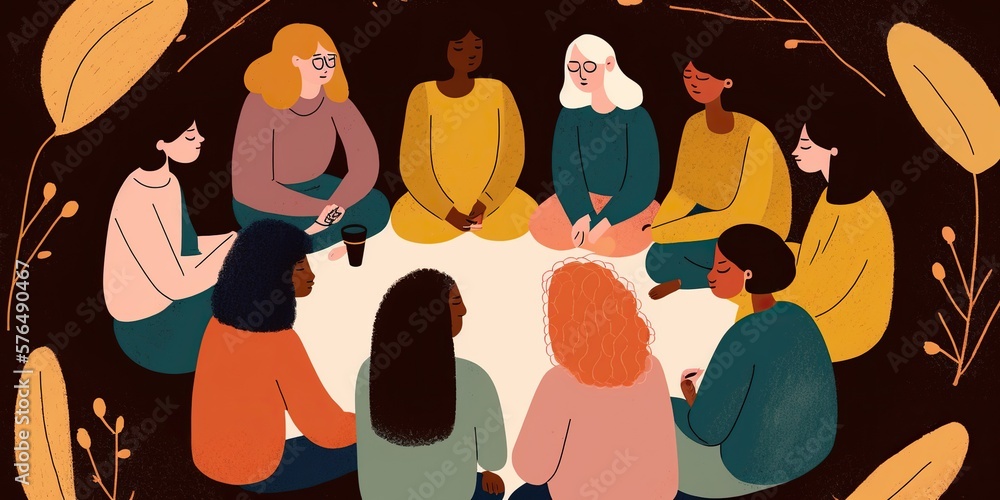
Learning Circle Members and Roles:
Time Keeper: Angela
Facilitator: Jozelle
Record Keeper: Jada
Encourager: Rebekah
Other members: Justine
Chapters 7 and 8:
Our group talked about the situations and environments where co-constructing assessment with the students is appropriate. For example, the cleanup criteria in Chapter 7 we found it neat (no pun intended). The teacher related the cleanliness of the environment in the classroom by asking students what a clean classroom should be. This helps students to have relatable connections when co-constructing ideas.
The use of acronyms is another idea that our team picked up. Acronyms help students remember things easier. However, there are circumstances in which students will not like the acronyms.
We noticed that making students responsible for their learning has been repeated over and over in the chapters. And, we think this advice is important that is why it is constantly repeated. Students will be practicing organizational skills as well as improving communication with students and parents. The four criteria of creating an assessment also stood out to our group the most (Keep the process simple, involve students, help students and parents value the evidence, and reconsider evidence collections). It stood out the most because it pretty much sums up what the book chapters are telling us.
In Chapter 8, we talked about the different ways we could store evidence in the classroom. Whether a file storage or an ePortfolio, every piece of evidence is important for teachers, students, and parents to showcase learning. Moreover, we also talked about letting parents know that you are always assessing even if the assessments are not the ones they are expecting (they expect grades). Going back to portfolios, we talked about how important evidence you would like the students to keep and would like parents to see.
We critiqued the statement “The person who is working the hardest is learning the most”
- We thought that it depends on the student. They could be working hard just to get an A, but did they learn anything?
- There are also circumstances that the grades do not reflect how much hard work a student has put in.
- Also, what defines hard work? for example, if we are creating a presentation, the most important piece of information that the teacher is assessing is the content. However, I worked hard on making my presentation pretty and paid less attention to the content. I worked hard, but did I learn the content? Probably not.
We talked about how as students, we always value grades more than feedback. The reason is, that we rarely receive feedback. If there are any feedbacks along with a grade, we just pay attention to the grade. I remember being extremely satisfied with a comment “excellent,” “Very good,” and “Nice!” without any further explanation. For me, it is enough to realize that I have made my teachers satisfied. As I learn more about becoming a teacher, I realize how problematic it is. First of all, I did great but no explanation of how I did great or even the areas that I could improve for next time. As a pre-service teacher, my goal is to improve by giving descriptive feedback.
Concluding Thoughts:
Our team summarized the two chapters well and expanded on our thoughts greatly. We made sure to use all the time to talk about the content of the book. We wish to continue this for the last learning circle.